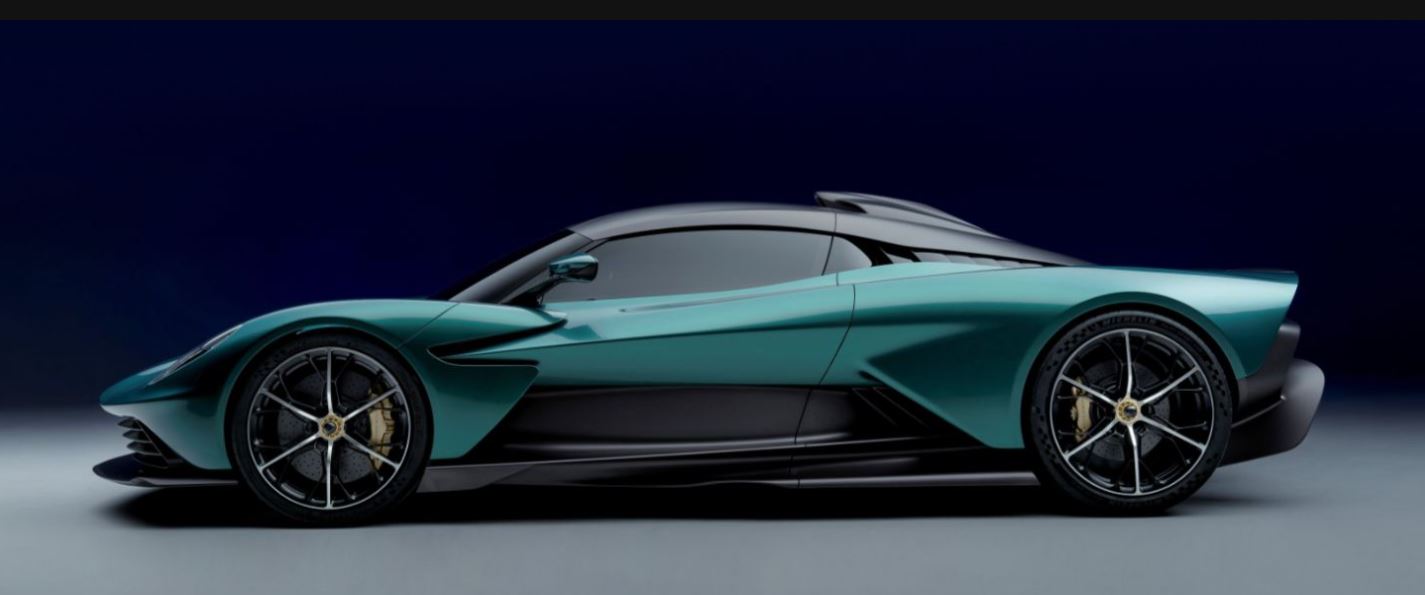The environment in motorsports is not just challenging for the drivers but also the machines which are subjected to extreme operating conditions. It’s therefore an ideal place for R&D and many carmakers have recognised this. Lessons learnt and solutions and technologies developed can be fed back to those developing production models.
F1 – world’s fastest ‘laboratory’
Aston Martin is one of the companies that has long used motorsports for R&D and with its participation in Formula 1 with its own team, it can gain benefits from the world’s fastest laboratory. Technological development in F1 is accelerated by the need for speed, reliability and performance.

The race-proven methodologies, expertise and technologies used in motorsports by the Aston Martin Aramco Cognizant Formula One team (AMF1) are being adopted by Aston Martin to intensify the development of future models, including the Valhalla – the brand’s first series production mid-engine supercar.
Technical exchanges
The technical exchanges between Aston Martin and the engineers involved in motorists with the racing team is facilitated by the consulting arm of the team, Aston Martin Performance Technologies (AMPT). This unit is directly assisting Aston Martin’s performance engineering team in three key areas of development – dynamics, aerodynamics and materials.

The vehicle dynamics group in close conjunction with AMPT is working to deliver the pinpoint dynamics that will provide unprecedented driver engagement with the Valhalla. F1 design relies heavily on simulation tools and the methods used to ensure that every moment spent in the simulator brings progress has been put in place for Valhalla.
In fact, 90% of the dynamic characteristics and vehicle set-up has been completed in the simulator, with the final development phase completed in the real world, on the road and track.

Assistance from F1 drivers
There’s also valuable input from Lance Stroll and Fernando Alonso, the racing drivers who have skills levels and experience to take vehicle dynamics to a new level as they continue to push the car to the extreme edge of its performance capabilities.

The cockpit ergonomics of Valhalla also benefit by taking direct cues from Formula 1, in that the driving position has been. The driver’s heels, for example, are raised by a false floor, which also contains electronic modules, and the unique carbonfibre bucket seat can be reclined to a greater angle to achieve a seating position more closely aligned to the racing car, whilst still offering road car comfort.
A quick look at the underbody of the F1 car and the underbody of the Valhalla, where most of its downforce is generated, illustrates how much F1 technology has gone into the new supercar. The aerodynamic approach to Valhalla starts in a similar way to an F1 car, by using all elements of the body shape to generate downforce and minimise drag.

However, the Valhalla is not restricted by F1 regulations so it can benefit from fully active aerodynamic systems at both the front and rear of the car which will generate over 600 kgs of downforce at 240 km/h. This enables Valhalla to constantly adapt front and rear downforce to maximise grip, balance and consistency, or reduce drag depending on the situation and the driving mode selected.

Inspired by F1 vortex generators and aero features, small slotted louvers on the sill, just ahead of the rear wheel, act as mini diffusers to pull airflow out and upwards from under the car, increasing downforce. A roof-mounted snorkel feeds both the engine intake, as it does in F1®, but also serves to feed cooling ducts for turbo intercoolers and to cool the engine’s Hot-V turbo configuration.

The structure at the heart of the Valhalla is crafted to maximise stiffness with minimal weight, guaranteeing maximum control with millimetric precision. Designed and engineered by AMPT, which applies their highly specialised F1 motorsports expertise and technical capabilities beyond the pinnacle of motorsport, the Valhalla’s structure is the product of cutting-edge composite technology.

Experts in composite materials
A complex and exquisite blend of carbonfibre materials, the Valhalla’s carbon structure has been created using a novel and proprietary technology developed for Aston Martin. AMPT and the racing team have been building cars from carbonfibre for many years so there is very little they don’t understand about materials. The AMPT carbon technologies team works on developing ideas that evolved in F1 motorsports and applying the same approach to the Valhalla.

“It is a great advantage for a car manufacturer to have access to the unique skills and knowledge of a Formula 1 team. F1 engineers are constantly pushing the boundaries in the pursuit of performance and have developed rapid problem-solving tools. With this knowledge ‘in house’ we can seamlessly bring F1 expertise to road car development,” said Claudio Santoni, Aston Martin Performance Technologies Engineering Director.
